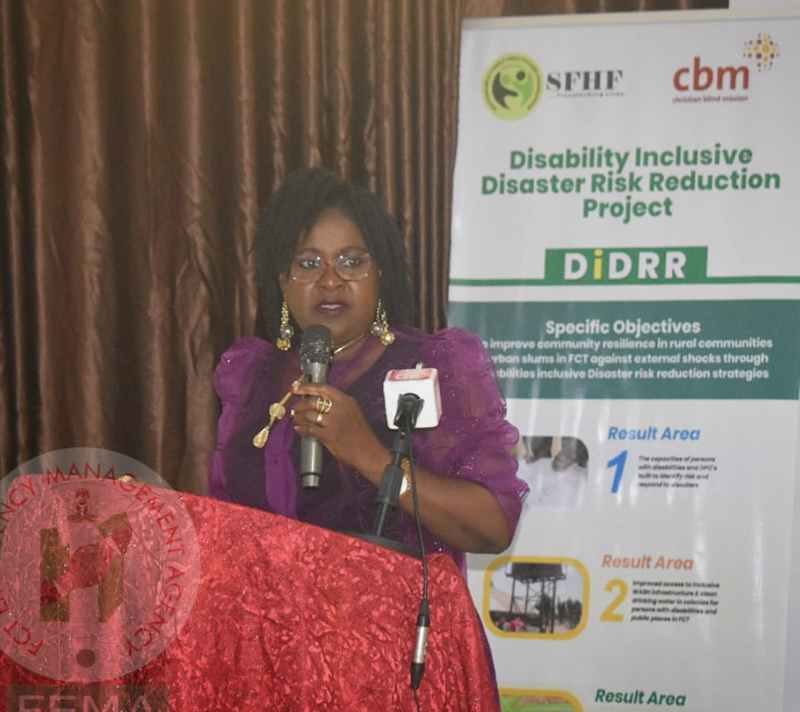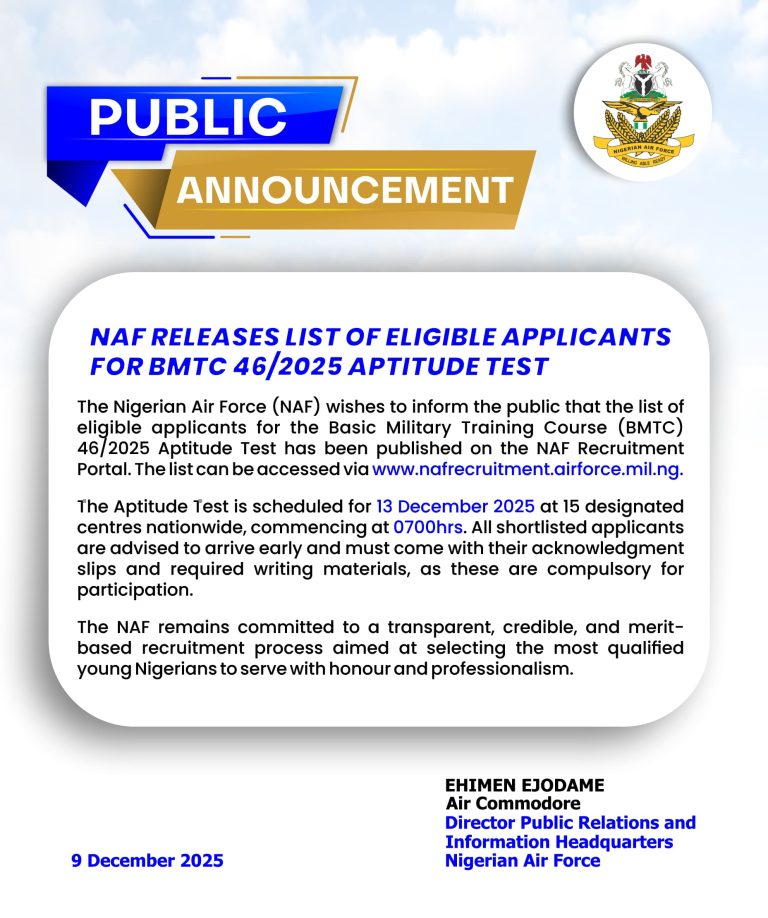

The FCT Emergency Management Agency (FEMA) in its different disaster risk reduction mechanisms identifies those living with disabilities as key in its mitigative actions thereby prompting partnerships with relevant organizations to meet her goals.
Speaking at the Bi-Annual Disability Inclusive Disaster Risk Reduction Meeting on Thursday, Lady Florence Wenegieme, Director of Forecasting Response and Mitigation who represented FEMA emphasised the importance of including those living with disabilities in disaster risk reduction mechanisms for a sustainable future.
“We can only imagine the level of diversification of FCT residents especially people at the grassroots and people with disabilities would have suffered without the intervention of key stakeholders like CBM and SHFH who are always going down to the grassroots.”
Lady Wenegieme reminded participants that disaster management is a multi-agency business that includes NGO’s bringing their expertise together along with stipulated government policies to ensure a resilient society.
She cited the achievements of these partnerships to include community sensitization and awareness activities on hygiene promotion, the provision of exclusive access to safe and clean water, livelihood, and income generation activities.
Also speaking at the event, the pioneer Director General of FEMA, Dr. Abbas Idriss identified the vulnerability of a society to be a major factor in disaster risk reduction, noting that intervention from FEMA, along with SHFH and CBM is geared towards addressing such issues that make communities more vulnerable to disaster risk.
Available data reveals that people living with disabilities are more vulnerable in the face of disaster compared to the general public.
“This is why we have committed to ensuring that the most vulnerable in our society are not left out in the scheme of disaster risk reduction,” said the Executive Director, of Sustainable Family Healthcare Foundation SHFH, Mrs. Peters Ogunmayin.




